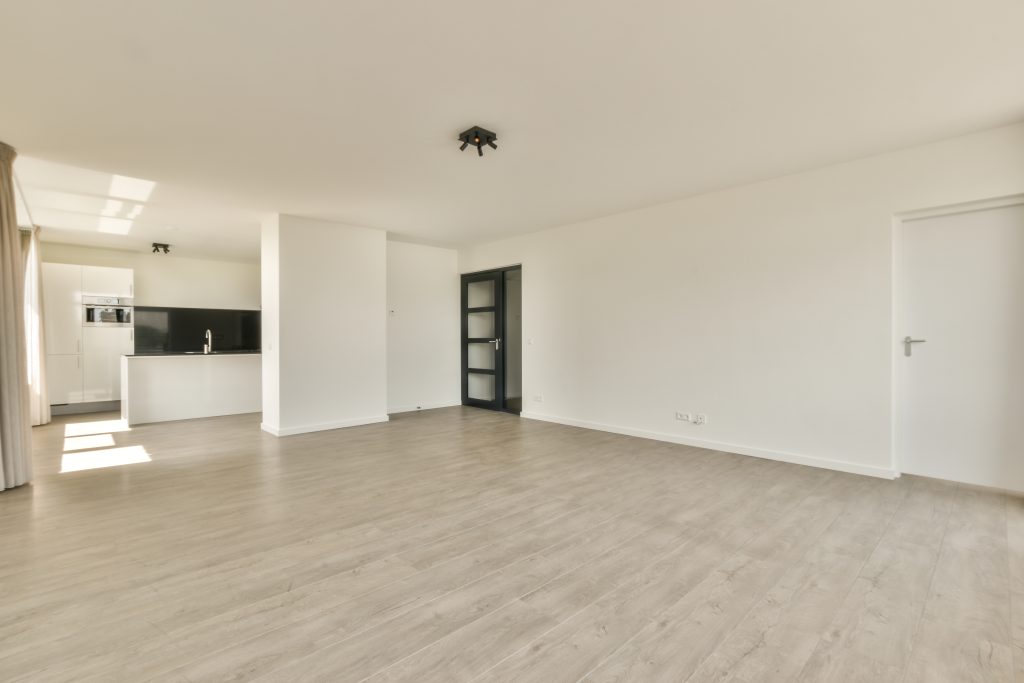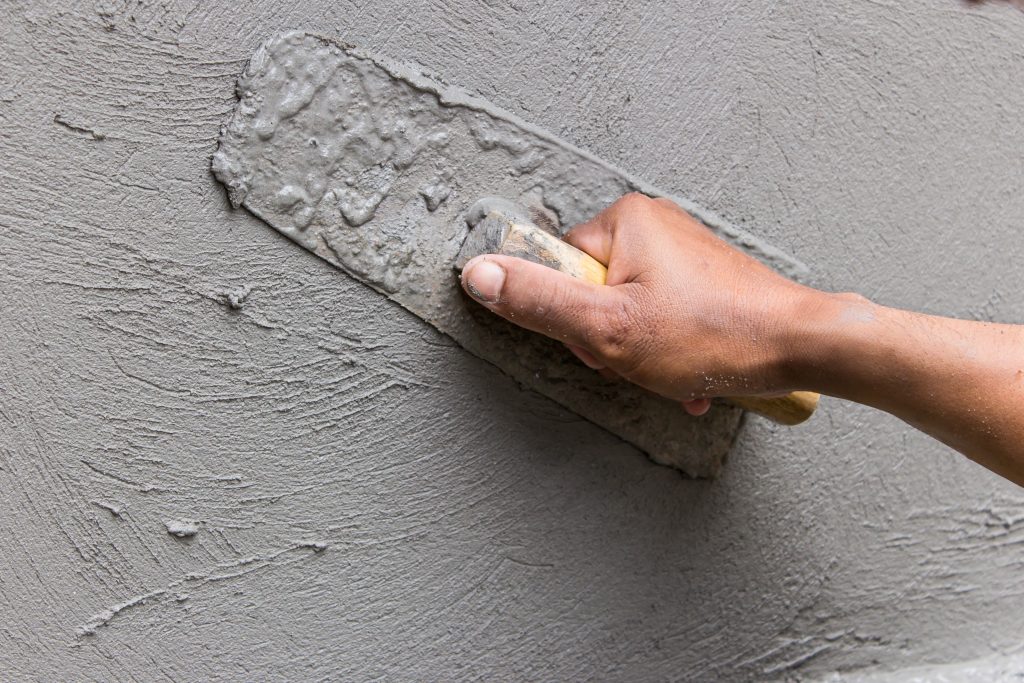When you are hunting for properties, you will frequently come across terms like carpet area, built-up area, and super built-up area. Therefore, being aware of these real estate terms becomes crucial. Understanding the difference between built-up area, carpet area and super built-up area can help you make better decisions. So, keep reading on to learn more.
What is Carpet Area?
A carpet area is a space within the walls of your apartment or home that can be covered by a carpet. It is the actual usable area where you can place your furniture, walk around comfortably, and essentially live within your space. This area includes the living room, bedrooms, kitchen, and bathrooms. A carpet area is measured to determine the accurate area you can use as your living space.
Carpet area = Usable area within your walls.
What is the RERA Carpet Area?
The Real Estate (Regulation and Development) Act, 2016 has provided a standardised definition for carpet area to ensure transparency and fairness in real estate dealings. According to RERA, the carpet area includes the actual usable floor area within the walls of the apartment, excluding the area covered by the external walls, balconies, open areas for terraces, verandas, and utility spaces like ducts and services shafts.
Covered Area Vs. Carpet Area
The covered area includes all spaces under a roof within the property’s boundaries, including both living spaces and other spaces like balconies or corridors. On the other hand, carpet area specifically refers to the usable space within the walls, excluding areas covered by walls and balconies.
What Is a Built-up Area?
The built-up area includes the carpet area and the excluded area such as the thickness of the walls and balcony spaces within the apartment. This measurement gives a broader perspective on spaces in an apartment that contribute to the structure but are not specifically usable.
Built-up area = Carpet area + walls, balconies, and shared areas.
What is a Super Built-up Area?
The super built-up area refers to the total area that includes your individual living space along with a proportionate share of the common areas in a housing complex or building. This measurement includes your complete built-up area along with shared amenities including staircases, lifts, lobby areas, and more.
Super built-up area = Built-up area + the portion of common amenities.
Difference between Carpet Area, Built-up Area, and Super Built-up Area
Understanding the differences between these terms is crucial when buying or renting a property. Here is a table highlighting the key differences between each:
| Carpet Area | Built-up Area | Super Built-up Area | |
| Definition | Usable area within walls, excluding non-usable spaces | Carpet Area + Wall thickness + Shared spaces | Built-up Area + Proportionate share of common amenities |
| Area included | Actual living space | Living space + Walls + Balconies + Shared areas | Built-up Area + Common amenities (staircases, lifts, etc.) |
| Formula to calculate | Length × Width (of usable floor space) | Carpet Area + (2 × (Length + Width) × Wall Thickness) | Built-up Area + (Common Area Proportion × Built-up Area) |
| Purpose | Indicates the actual usable living space | Provides a broader perspective of the structure’s areas | Total area including individual space and shared areas |
How to Calculate Carpet Area, Built-up Area, and Super Built-up Area?
Calculating these areas involves specific considerations for each measurement:
Carpet area calculation:
- Measure the length and width of each room within the walls.
- Exclude walls, balconies, and utility areas from your measurements.
- Add up the individual usable areas to get the total carpet area.
For example:
Suppose you have a bedroom and living room of the following sizes excluding the area covered by balconies and walls:
Bedroom = 20 sq. Ft.
Living room = 25 sq. Ft.
To calculate the total carpet area:
Carpet area = size of bedroom + size of living room
Carpet Area = 20 + 25 = 45 sq. Ft.
Built-up area calculation:
- Follow the steps for calculating the carpet area.
- Now, include the thickness of walls, balconies, and common areas shared among multiple units.
- Sum up the carpet area with these additional spaces to determine the built-up area.
Let us consider the same room with walls with a length of 10m, width of 8m and thickness of 0.2m on each side:
Carpet area = 45 sq. Ft. (from the previous example)
To calculate the built-up area:
Built-up area = carpet area + (2 × length × width × wall thickness)
Built-up area = 45 + (2 × 10 × 8 × 0.2) = 77 sq. Ft.
Super built-up area calculation:
- Calculate the built-up area using the steps mentioned above.
- Include a proportionate share of common amenities like staircases, lifts, and if needed common wall thickness.
- Add the built-up area with the proportionate share of common amenities to find the super built-up area.
Let us assume in a complex, your unit’s built-up area is 77 sq. Ft., and the common area proportion is 20% of the built-up area.
To calculate the super built-up area, first, find the common area proportion:
Common area proportion = 20% of the built-up area
Common area proportion = 20/100 × 77 sq. ft.
Common area proportion = 0.2 × 77 sq. Ft. = 15.4 sq. ft.
Now, calculate the super built-up area:
Super built-up area = Built-up area + common area proportion
Super built-up area = 77 + 15.4 = 92.4 sq. Ft.
Knowing the key differences between these terms and how to calculate them allows you to make informed decisions. It ensures that you pay for what you truly need and are aware of the total area you get as your living space.
Building a new house? Explore some of the best cement in India from JK Cement for top-notch quality and reliability. You can locate a dealer near you and check the cement prices today!
FAQs
Does the carpet area include walls?
No, the carpet area does not include walls. It refers to the net living space within the walls of a property.
What is included in the super built-up area?
The super built-up area comprises your built-up area (including walls, balconies, and shared spaces) along with a portion of common amenities like corridors, lifts, and other communal facilities.
What is the formula to calculate the built-up area?
Built-up area = Carpet area + walls, balconies, and shared areas.
What is the RERA carpet area?
RERA defines carpet area as the net usable floor area within the walls of an apartment, excluding external walls, balconies, and utility spaces like ducts and service shafts.
How to calculate carpet area?
Carpet Area = Length × Width (of usable space within the walls)
What is included in the carpet area?
The carpet area includes the usable space within the walls of a property, excluding spaces like walls, balconies or verandas, open terrace areas and service shafts.
What is the difference between carpet area and built-up area?
The carpet area is the total usable floor area, while the built-up area includes the carpet area along with walls, balconies, and shared spaces.
Is the carpet area the same as the super built-up area?
No, the carpet area is the actual usable space within walls, whereas the super built-up area includes the built-up area along with a portion of common areas like staircases, common halls and more.














